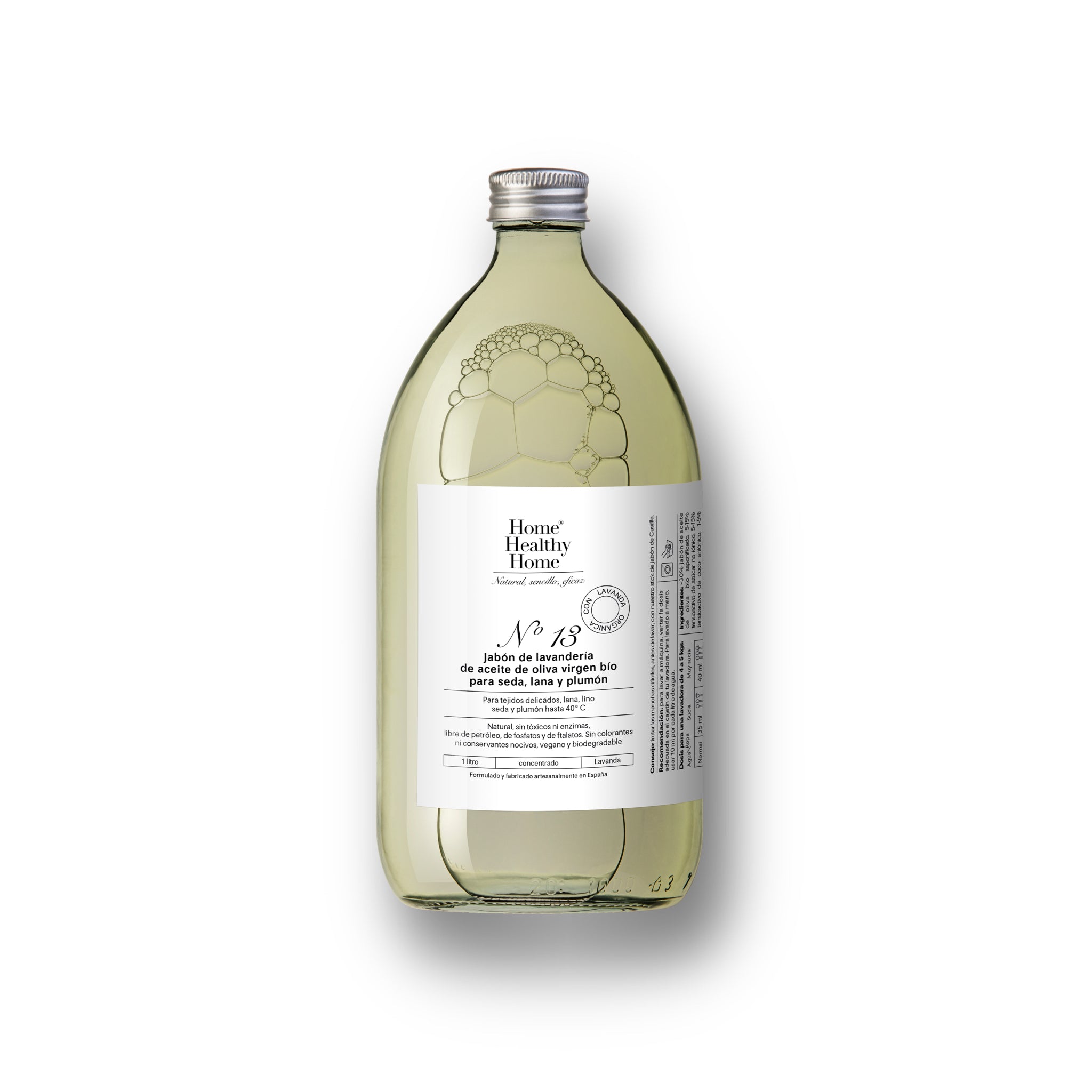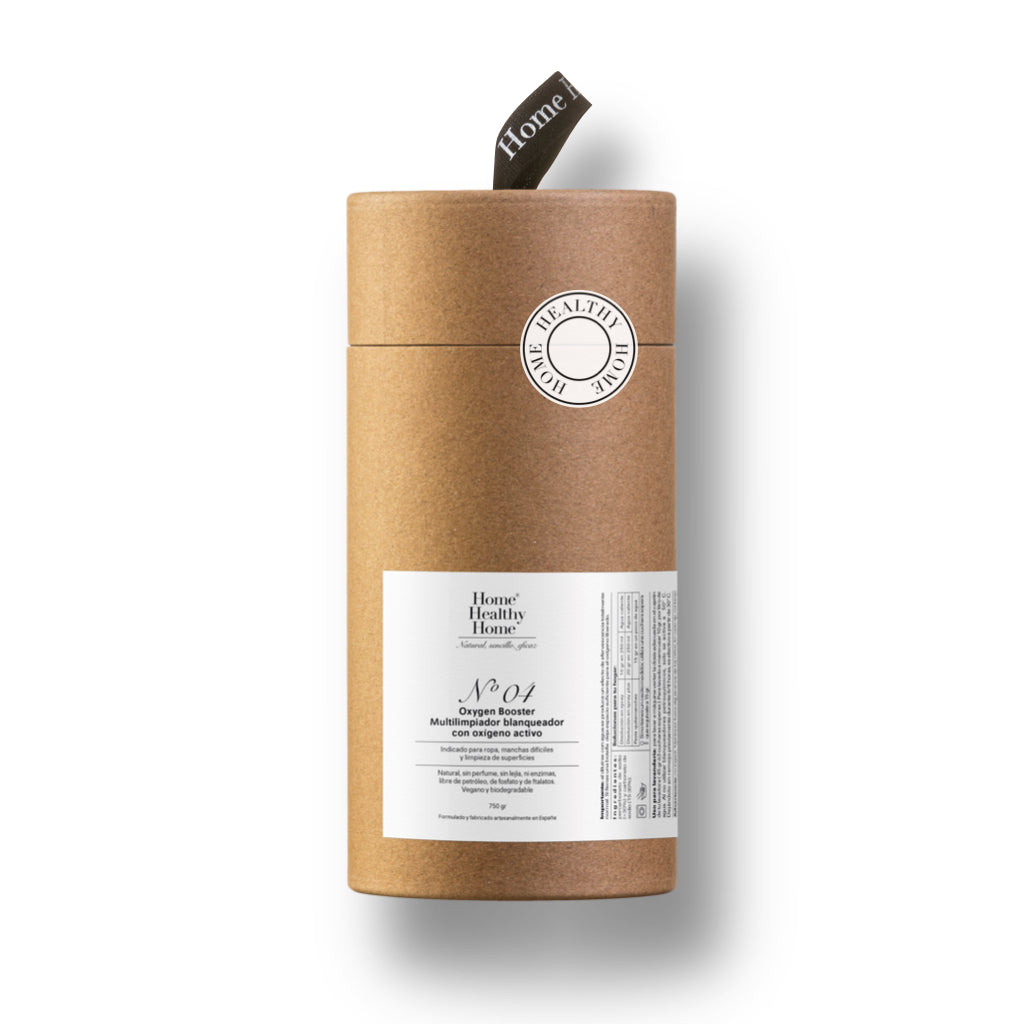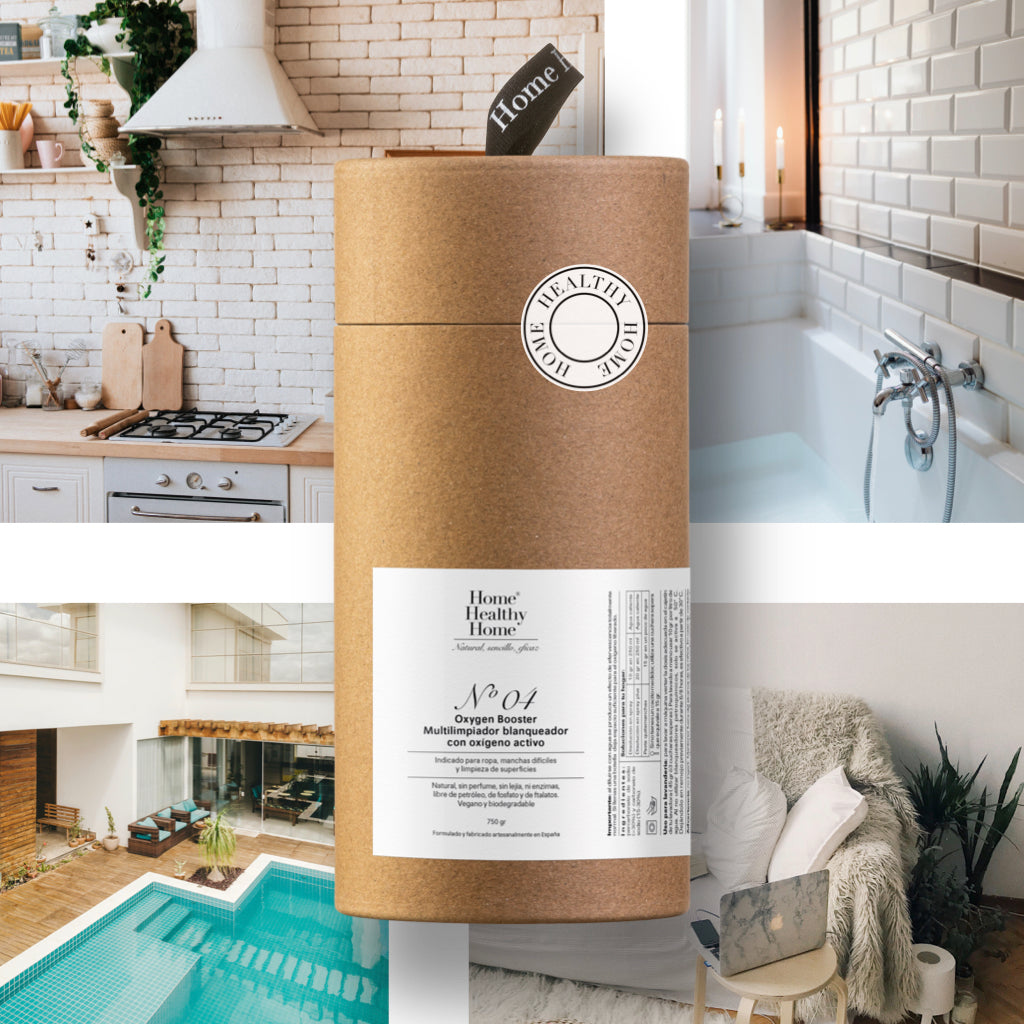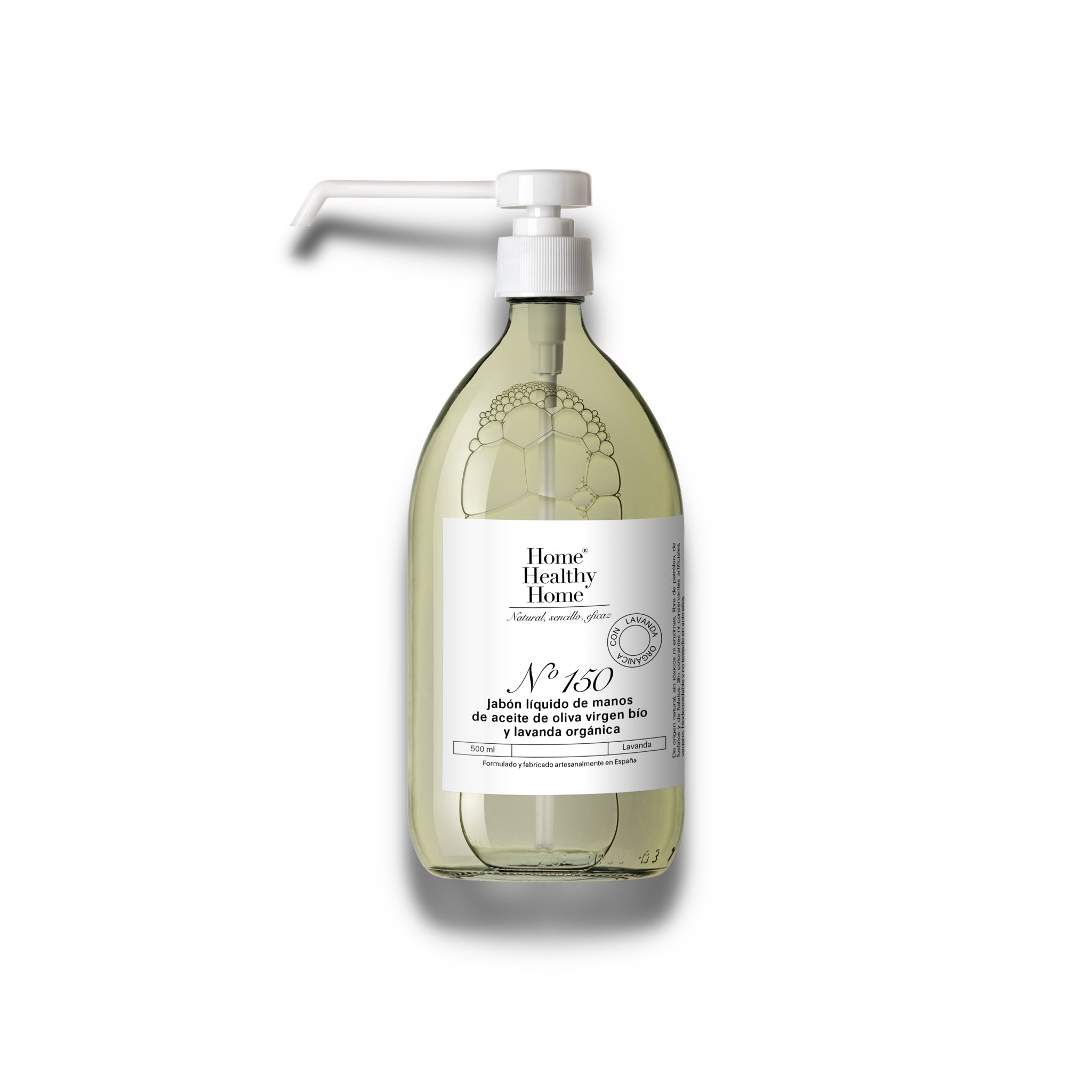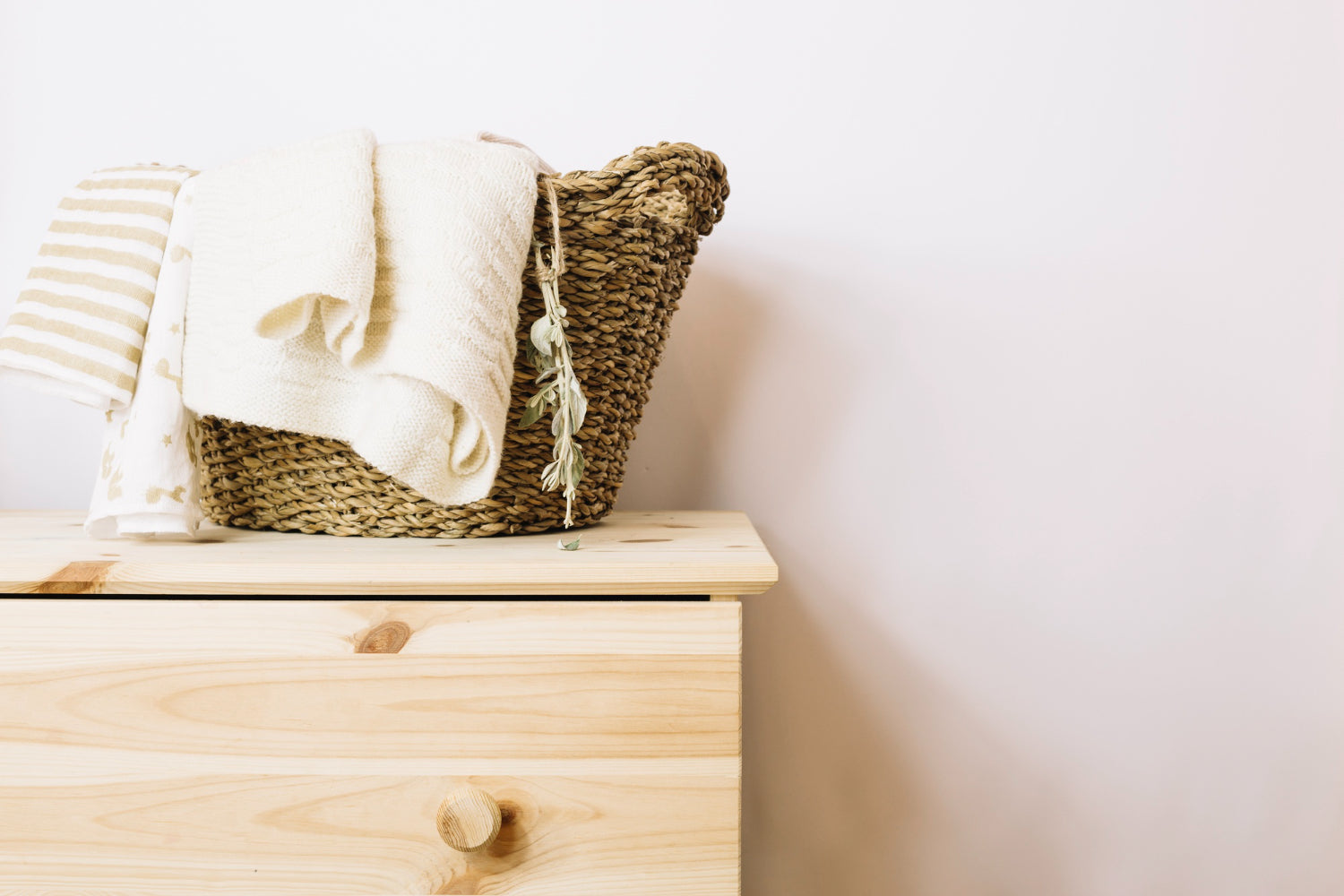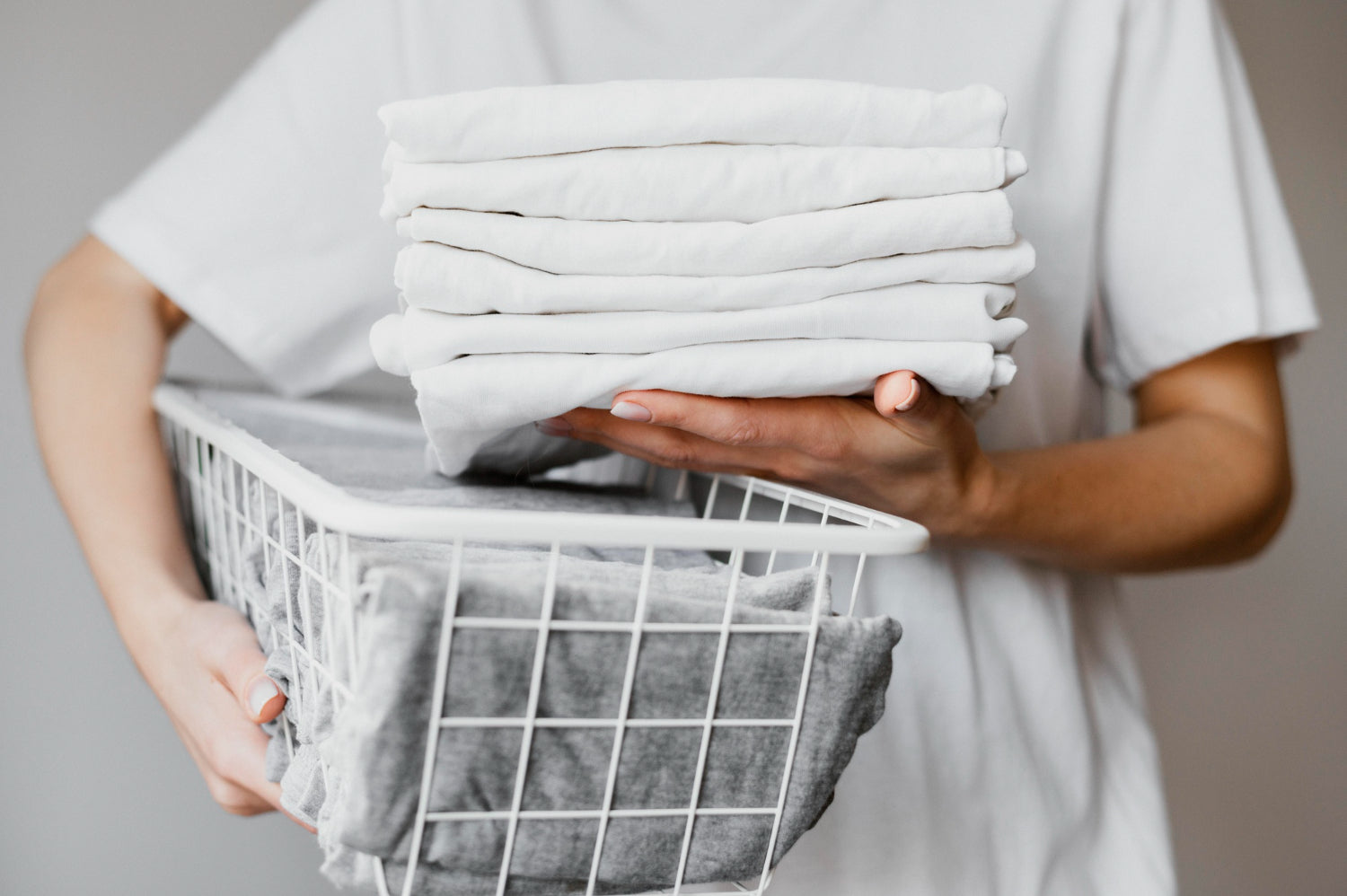Slow Fashion: The style that revolutionizes the fashion industry
What is Slow Fashion?
Fashion has undergone a radical transformation in recent decades. The clothes we wear today not only reflect our personality and tastes, but also our ethical and ecological choices. In this context, a movement has emerged that is changing the way we view and consume fashion: Slow Fashion .
Redefining the concept of fashion
Slow fashion is about much more than just clothing. It's a philosophy that values quality over quantity, sustainability over speed, and individuality over uniformity. Unlike fast fashion , which produces cheap, disposable clothing at a dizzying pace, Slow Fashion advocates more conscious production and consumption.
The fundamental principles of slow fashion
1. Quality over quantity
In the world of Slow Fashion , garments are created to last. Instead of following passing trends, brands focus on durability and timelessness. This means high-quality garments with meticulous attention to detail and sustainable materials.
2. Ethical production process
Slow Fashion is concerned about the working conditions of workers in the supply chain. It focuses on local production, fair trade, and transparency throughout the process. Workers are treated with respect and receive fair wages.
3. Environmental sustainability
Slow Fashion strives to minimize its environmental impact. This includes using sustainable materials, reducing waste, and promoting reuse and recycling. Slow Fashion brands seek to reduce the ecological footprint of the fashion industry.
Why is Slow Fashion important?
Fast fashion has had a devastating impact on the environment and communities around the world. The mass production of cheap clothing leads to enormous amounts of textile waste and high consumption of natural resources. Furthermore, working conditions in fast fashion factories are often inhumane.
Slow fashion offers an ethical and sustainable alternative. By purchasing Slow Fashion clothing, you are contributing to a world where fashion is valued not only for its appearance, but also for its positive impact on people and the planet.
Adopting the Slow Fashion style
The transition to Slow Fashion can be challenging, but it's possible. Here are some steps you can take to embrace this lifestyle:
1. Research your favorite brands
Research fashion brands to learn about their ethical and sustainable practices. Support those that share your values.
2. Buy in moderation
Instead of buying compulsively, consider each purchase carefully. Opt for clothes that are versatile and timeless.
3. Reuse and recycle
Donate or recycle clothes you no longer need instead of throwing them away. You can also buy secondhand clothes.
4. Learn to care for your clothes
Keep your clothes in good condition by learning how to wash, dry, and store them properly.
Slow Fashion is much more than a passing trend; it's a revolution in the fashion industry. By embracing its principles of quality, ethics, and sustainability, we can contribute to a world where fashion is not only beautiful, but also conscious and respectful of the environment and people. The next time you look at your closet, consider Slow Fashion as a choice for a more meaningful and sustainable lifestyle. A style that aligns with the values of H ome Healthy Home. The more you care for your clothes, the more you'll enjoy them, and the more sustainable the world around us will be.


